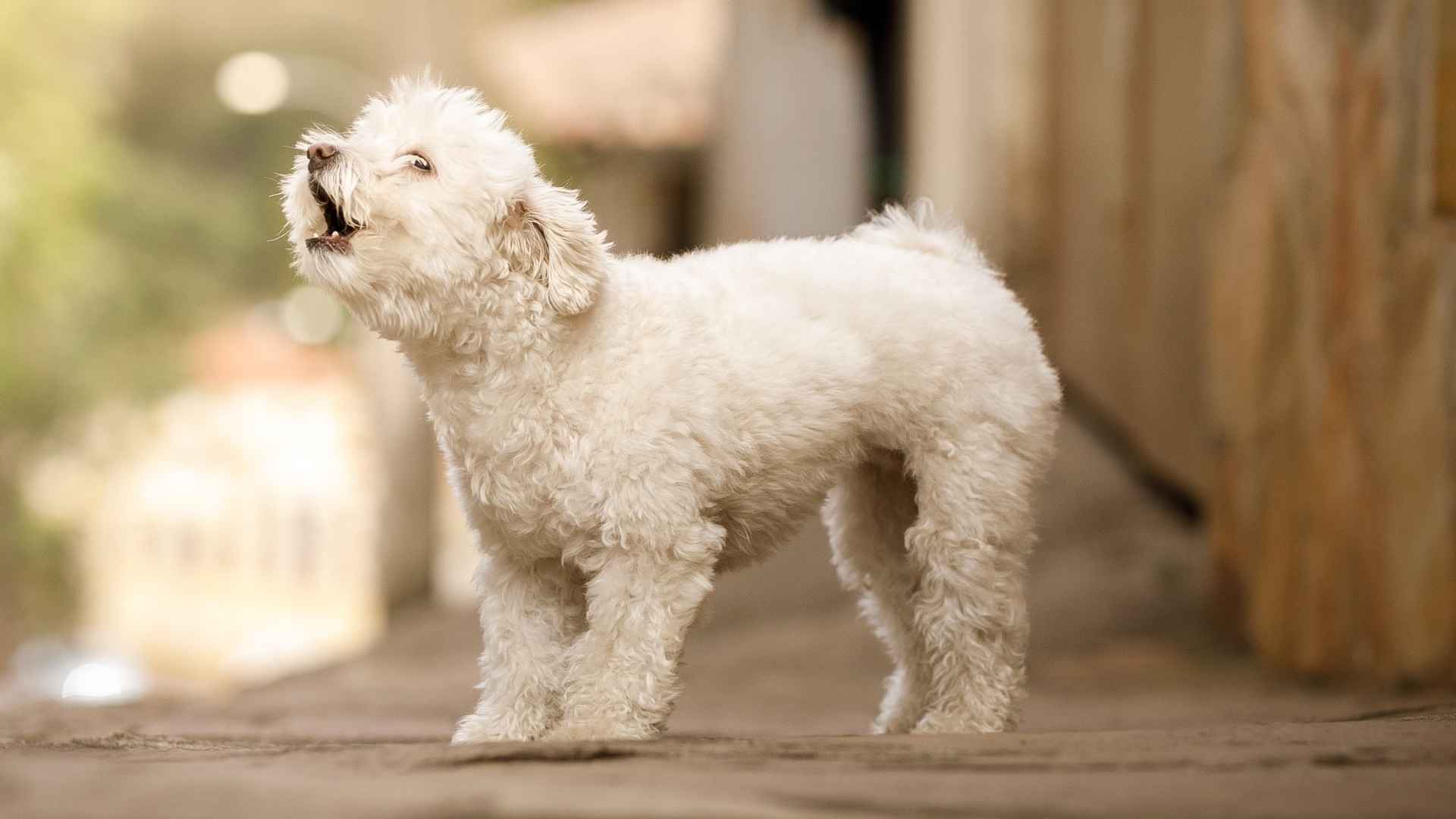“It’s not the size of the dog in the fight, it’s the size of the fight in the dog.” Mark Twain’s famous quote captures something many dog owners learn quickly: alertness doesn’t depend on size.
Many toy breeds are born watchdogs—sharp, focused, and incredibly attentive. Their eyes follow your every move. Their ears twitch at the smallest sound. While they may not be physically imposing, their presence is unmistakable.
They often respond before you even realize something has changed in your surroundings. Whether standing guard at a window or responding to a sudden sound, these dogs are always on.
If you’re looking for a small dog with a big sense of awareness, the breeds listed below deliver exactly that. These are the alert toy dog breeds who keep watch and never miss a thing.
Alert Toy Dog Breeds
1. Jack Russell Terrier
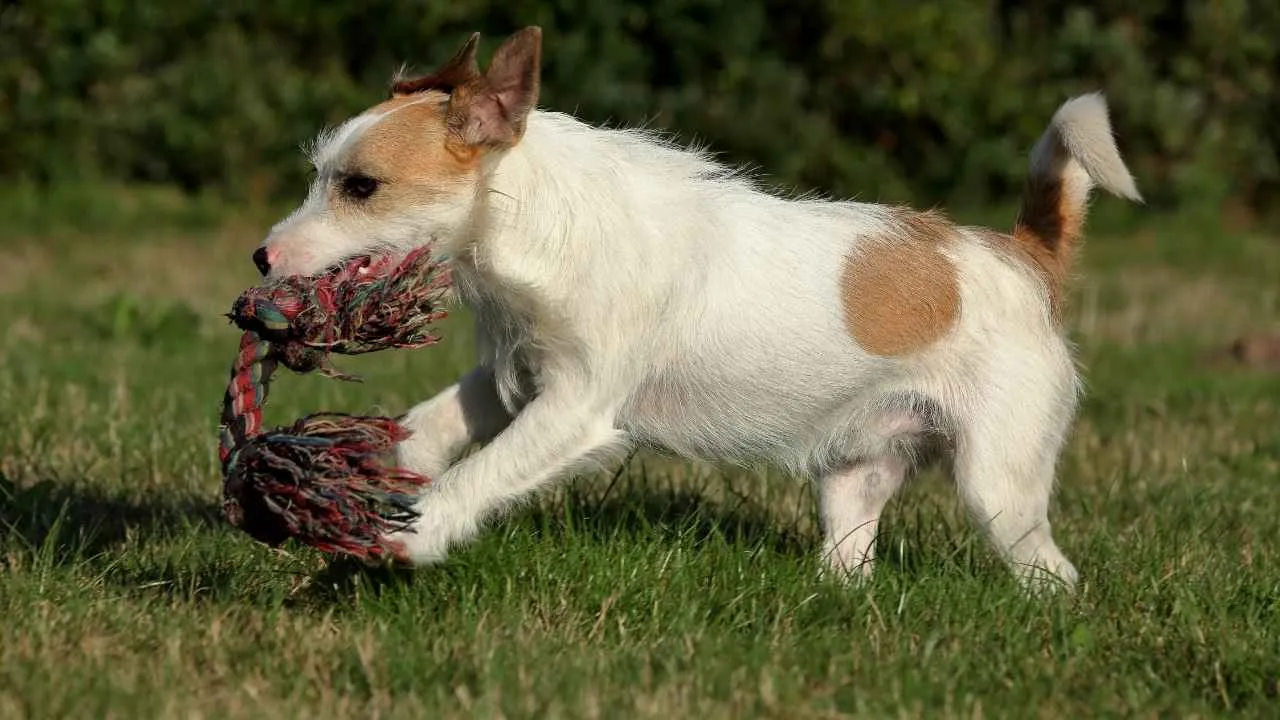
Jack Russells notice changes in their environment within seconds, from the faint rustle of leaves to a shift in someone’s footing. This hyper-awareness is part of their working roots, not a quirk. Their sharp reactions often trigger before their humans even register a sound.
Quick Response, Not Overreaction
Jack Russells are known for their precise body language and split-second reactions to unexpected movement or sound. Their energy is directed, not scattered, allowing them to assess situations quickly. This sense of control adds to their value as naturally alert companions.
Confidence That Outweighs Size
Though categorized as a tiny dog, their behavior mirrors larger, bolder breeds. They investigate confidently, never hesitating to stand their ground or challenge a perceived intruder. The breed thrives on having a job and doesn’t shy away from taking initiative.
Specificity in Social Awareness
Jack Russells are discerning with other dogs, often choosing not to engage unless necessary, as per Britannica. They read energy quickly and don’t waste time with unnecessary interaction. Their selective attention allows them to stay focused on their environment and the people they bond with.
2. Bichon Frise
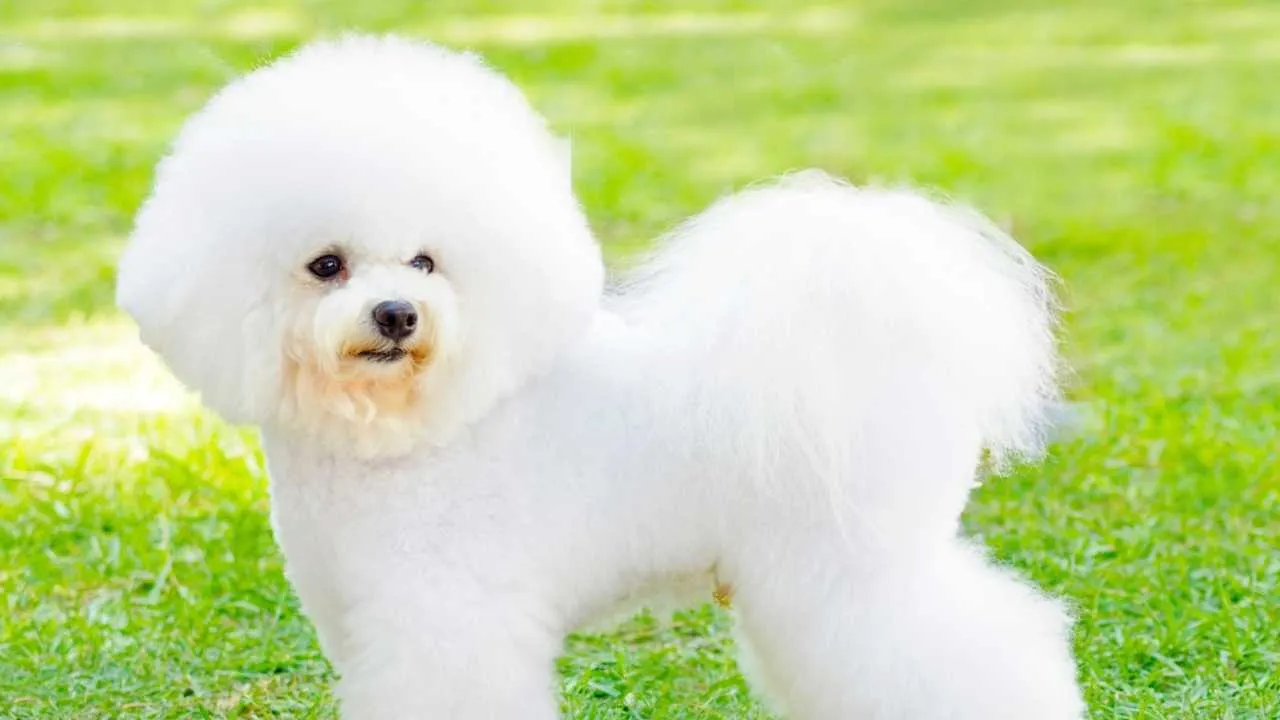
The Bichon Frise is quick to notice sounds like footsteps, drawers opening, or a knock on the wall. It reacts with focused attention that doesn’t fade easily. That persistent awareness makes them reliable in quieter spaces.
Focused Sound Sensitivity
High-pitched tones or sudden shifts in tone often cause them to pause and scan the area. They tend to anchor near their humans during unfamiliar noises. That tendency comes from a long-standing sensitivity to vocal changes and nearby movement.
History Rooted in Precision
This breed was originally bred for roles aboard ships and in royal courts where quiet observation mattered. Their ability to stay alert without being overstimulated was part of what made them desirable companions. That trait still defines their behavior today.
Agility Within Small Frames
As a small dog breed, they are naturally built for navigating compact rooms without losing spatial awareness. They often position themselves near entry points or hallway corners. These habits come from their instinct to monitor zones with high movement.
3. Pug
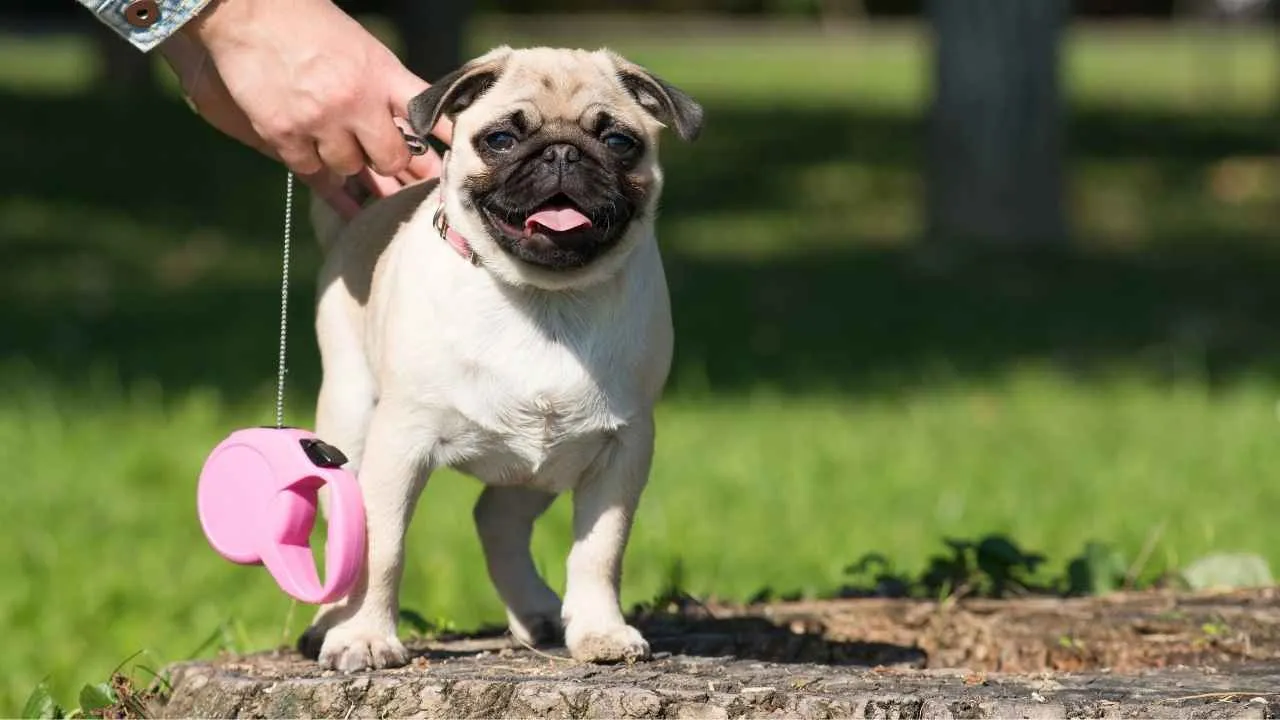
Pugs have been selectively bred for centuries to live indoors, which sharpened their sensitivity to human expression and tone. They often respond to subtle cues like facial tension or a change in voice rhythm. That emotional radar makes them excellent at detecting stress or an unfamiliar presence.
Environmental Awareness Despite Size
These little dogs are more aware of their surroundings than their calm posture suggests. They often react to faint outdoor noises even while resting, especially if those sounds differ from the usual household pattern. Their alertness stays active even in relaxed settings.
Breathing That Enhances Sensory Focus
Due to their brachycephalic skull shape, their strong nasal folds may actually amplify scent particles closer to their face. Though not a scent hound, a pug’s focused sniffing in doorways or windows is commonly reported by owners. Their attention to smell contributes to their early detection habits.
Selective Social Presence
Pugs tend to bond deeply with primary humans, but aren’t distracted easily by every passerby or pet, as Orvis claims. This makes them reliable lap dogs with a protective edge—not aggressive, but calmly observant. As compact family dogs, they quietly monitor without causing tension for horses or housemates.
4. Miniature Schnauzer
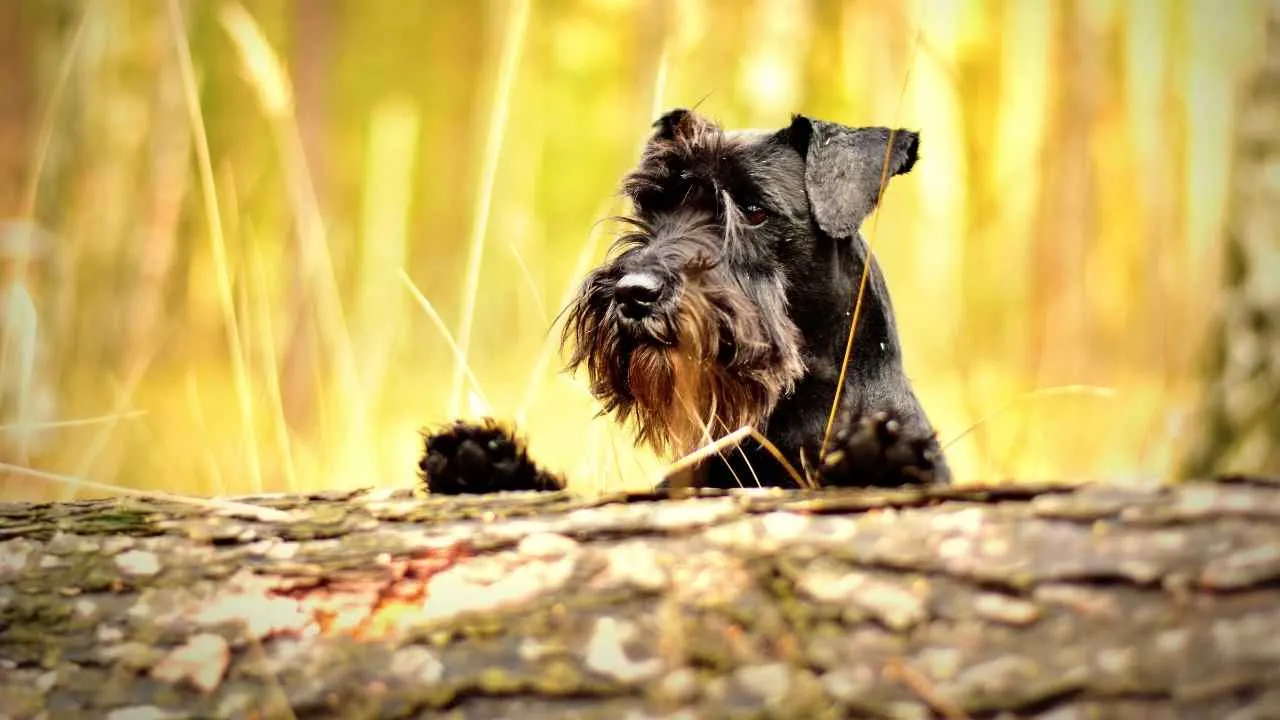
Miniature Schnauzers respond to sounds that often go unnoticed by humans and even other pets. Their alert nature stems from their working background, where early sound detection was essential. They maintain this skill even in calm household settings.
Patterned Monitoring Habits
This breed naturally establishes a routine of checking specific spots, especially entryways and windows. They’re quick to investigate changes in scent, sound, or foot traffic. These habits come without training and often appear as early as puppyhood.
Working Energy in a Small Frame
Originally bred to eliminate rodents on farms, this small breed retains a powerful prey drive, as stated in the Royal Canin. That energy is best directed through activities like agility and obedience-based dog sports. They learn patterns fast and respond best when mentally engaged.
Tuned In to Human Cues
Miniature Schnauzers often pick up on emotional changes in the people around them. They adjust their behavior quickly when the tone of a room shifts. As affectionate dogs, they stay close and alert, which makes them great family dogs in responsive households.
5. Chinese Crested
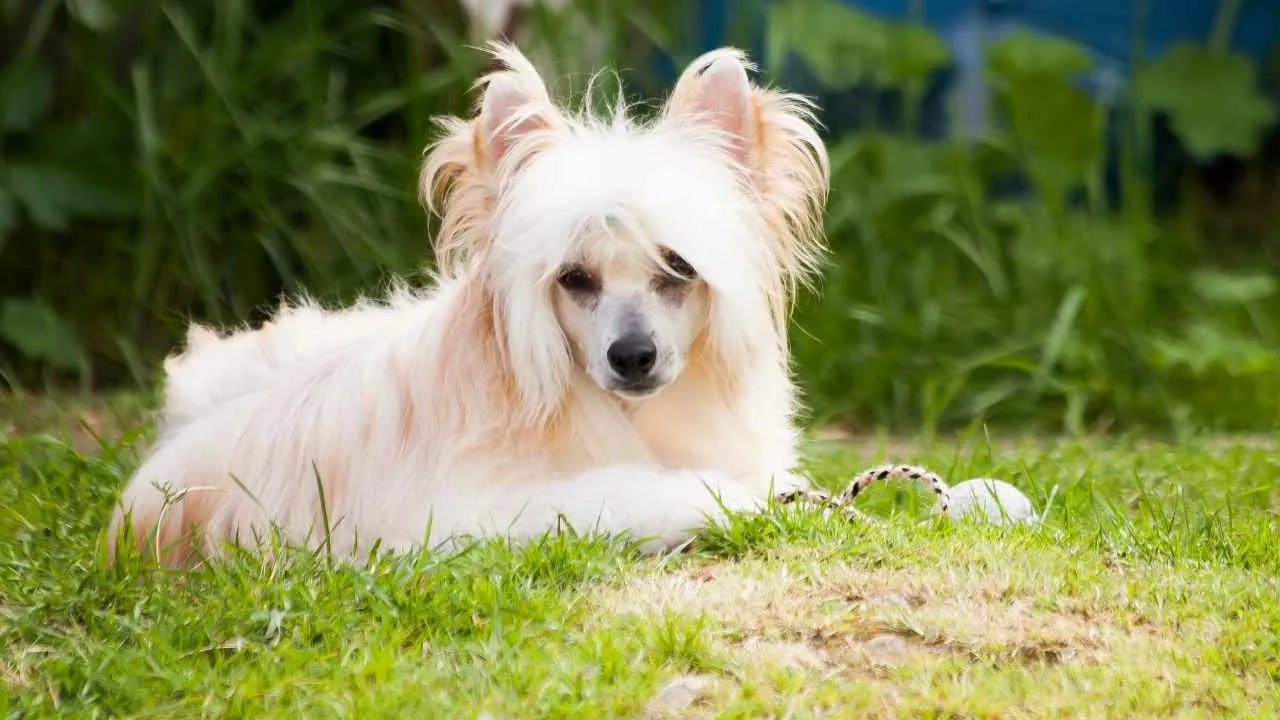
Chinese Cresteds rely on acute physical sensitivity to detect movement, vibration, and unfamiliar presence. Their exposed skin and large, upright ears act as natural sensors in quiet or enclosed spaces. Even faint environmental shifts can trigger a focused response.
Measured Reaction to Disruptions
They take time to recognize patterns in their surroundings and become noticeably reactive when something feels out of sync. Their vocal alerts are typically tied to a specific stimulus, not random activity. Familiarity strengthens their awareness of what doesn’t belong.
Watchful Around New Dogs
This breed maintains distance around other breeds until they’ve observed enough to feel secure. Their attention stays fixed on posture and sound rather than jumping into interaction. That alert stillness is a common early sign they’re tracking something unusual.
Personality That Commands Attention
Their body language often shifts sharply when they sense motion or hear a sudden sound. The intensity of their gaze and movement stands out, considering their size. Despite being compact, they carry a huge personality and are considered great family pets in low-stress homes.
6. Shih Tzu
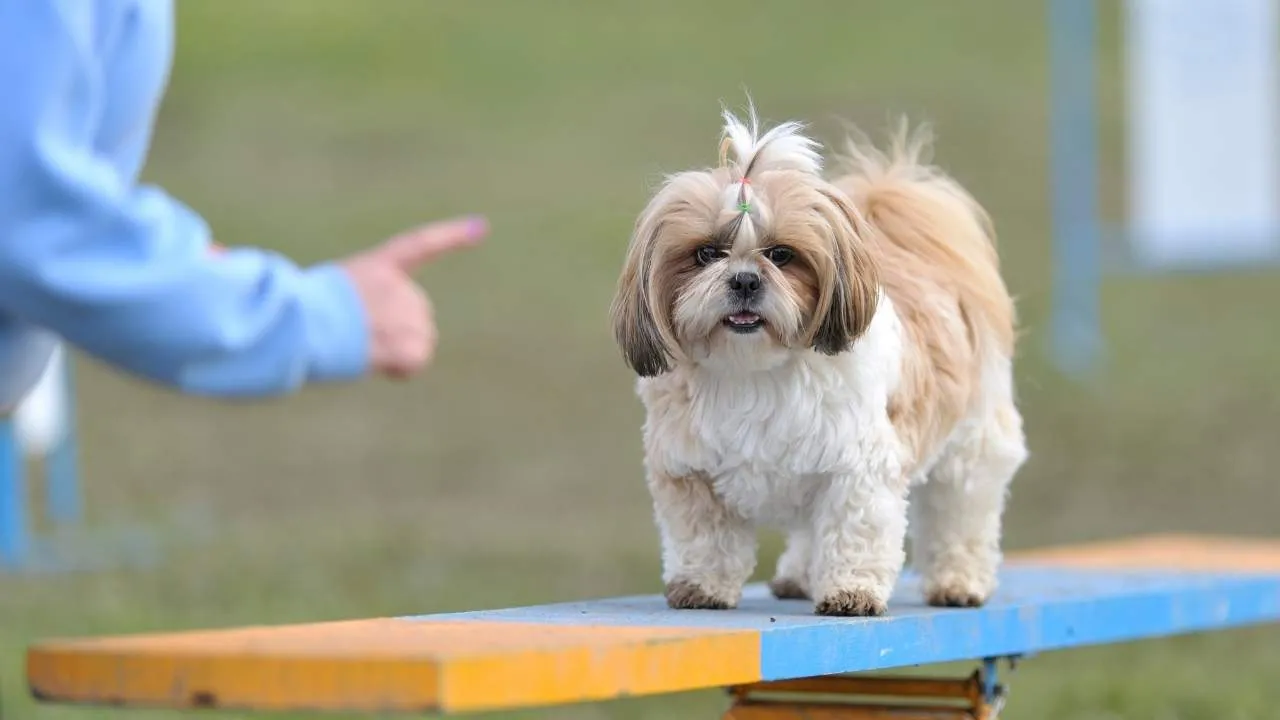
Shih Tzus are sensitive to subtle changes in household noise patterns, often perking up at hallway steps or door creaks. Their hearing is surprisingly sharp for their size, developed through centuries of palace life as indoor sentinels. They register unfamiliar sounds with immediate stillness and focus.
Instincts Rooted in Close Proximity
This breed was bred to remain close to royalty—not to wander—which fine-tuned their ability to detect disturbances nearby. They often plant themselves near thresholds or entrances and react to movements behind doors. It’s this still vigilance that makes them naturally alert indoors.
Balanced Watchfulness With Familiarity
They respond distinctly to known versus unknown voices or footsteps. Through proper socialization, they learn to differentiate between routine activity and unfamiliar presence. This skill builds over time and becomes particularly sharp in structured, predictable households.
Alert But Emotionally Grounded
Shih Tzus maintain awareness while staying steady around their humans due to their affectionate nature. Their gaze follows movement even when relaxed, and they often glance toward entrances between resting periods. That low-key alertness is part of why they’re seen as incredibly loyal companions.
7. Lhasa Apso
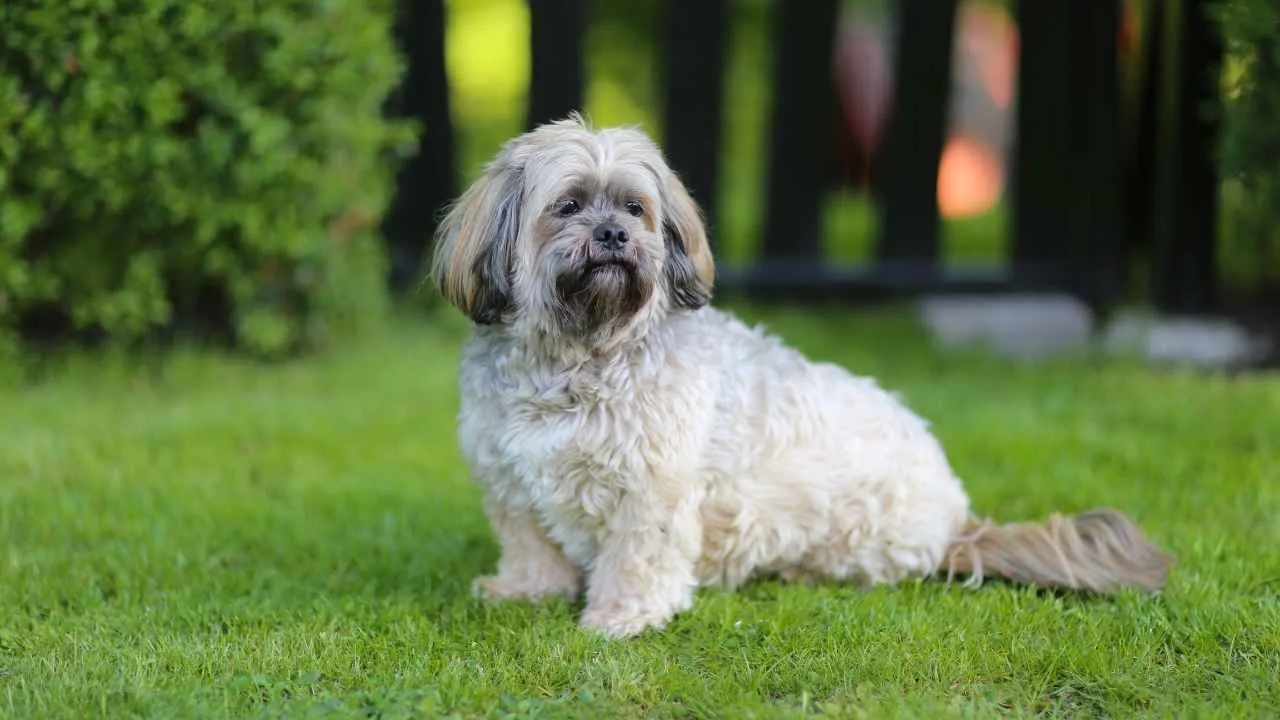
Lhasa Apsos were bred in Tibetan monasteries where they served as indoor sentinels—trained to hear intrusions before they could be seen, as the AKC claims. Their alertness is still evident today in how they pause to assess sounds and footsteps. Even minor changes in routine tend to catch their attention.
Naturally Reserved but Watchful
This breed isn’t quick to trust unfamiliar people, which makes them useful for quiet observation. They won’t bark at random but will signal when something feels off. That cautious temperament enhances their role as reliable indoor alert dogs.
Importance of Structured Exposure
Consistent early socialization helps balance their protective tendencies, ensuring they don’t overreact in controlled environments. Exposure to different sounds, faces, and spaces refines their judgment. Without it, their natural suspicion may develop into excessive defensiveness.
Compact Yet Attuned to Space
Their small size and moderate energy make them well-suited for apartment living, provided they’re given enough mental stimulation. A good-natured Lhasa Apso is observant but not reactive, showing a calm confidence around familiar people. They don’t miss much, even in quieter homes.
Conclusion
Toy dog breeds may be small, but they carry big awareness in compact frames. Their sharp hearing, quick reactions, and sensitive nature make them excellent alert dogs for homes of all sizes.
Whether curled up on your lap or keeping watch by a window, these breeds are always tuned in. Many are smart dogs with an affectionate temperament, easily bonding with one or two close people. Some even become great therapy dogs thanks to their intuition and calm responses.
Each has its own breed-specific strengths, but all share a noble companion’s instinct to protect and stay aware. Small doesn’t mean simple—it means intentional.


